Master Your Garden with the Master Gardeners
The Master Gardener Program, which is run by the University of Minnesota Extension, has worked alongside Twin Cities Habitat for Humanity for the...
2 min read
 Twin Cities Habitat for Humanity
:
2:11 PM on October 17, 2024
Twin Cities Habitat for Humanity
:
2:11 PM on October 17, 2024
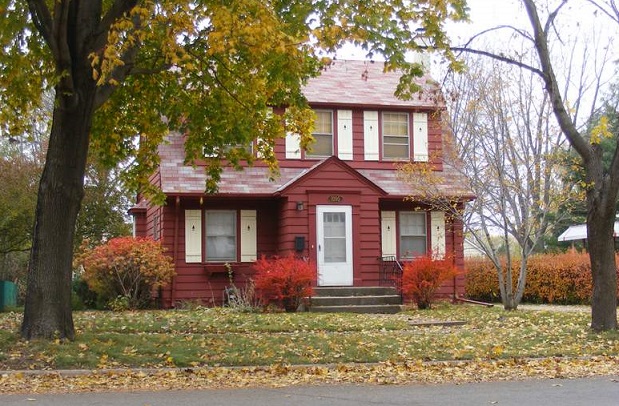
If you’ve spent time caring for your yard and garden this summer, nobody would blame you for thinking autumn is the time to relax. But some simple fall maintenance will protect your lawn and plantings while promoting healthier plants next year.


Winterizing your flower beds is a matter of cleaning them up and tucking them in. When plants die, their foliage may contain latent disease, fungi, or bugs. After the first big freeze kills off their foliage, trim back your perennials. If you planted any annuals, pull them up entirely.
If the weather is dry, water your flower beds before the ground freezes. Then, after a hard ground frost in November, cover your perennials with four or more inches of straw or leaves.
Some roses and flower bulbs are not hardy and require special treatment over the cold winters; look into the Minnesota tip and bulb storage techniques. But hardy shrub roses will get by fine if you pile mulch or soil over their bases and then cover with straw or leaves.
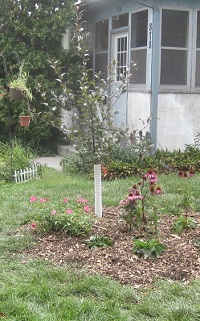
As winter wears on, rabbits and other animals may chew through tree bark, often killing the tree in the process. To protect your trees, wrap the trunks with flexible tree wrap, working the material beneath the soil line and wrapping upwards well above the expected snow line. Flexible tubing is another good option – many nurseries even sell saplings with tubing already in place. These protective coats also prevent trees from becoming confused during warm winter days and waking up too early. Defend your shrubs with chicken wire fences or chemical animal repellants (not poison).
If you grow vegetables, remove and compost any spent plants (leaving any perennials such as asparagus). Over the winter, you can plan next year’s garden menu. Crop rotation is not just for farmers – even in a small vegetable bed, rotate your plantings annually to avoid plant diseases that may develop in the soil.
Most pre-winter turf maintenance is just an extension of your regular routine. Keep mowing your grass until it stops growing. In Minneapolis and St. Paul, your lawn may keep growing well into October. Remove fallen leaves so the grass can keep gathering energy as long as possible. If you have a mulching blade on your lawnmower, you can make light leaf cover into lawn fertilizer by running over the leaves, but thick mulch layers will not benefit your lawn. The last time you mow, take the grass a little shorter than usual to avoid fungal infections setting in over winter.
Surprisingly, it’s a good idea to fertilize your lawn in the fall. Fertilizing late in the season (late October/early November) gives the lawn a chance to absorb nutrients before going to sleep for the winter. Follow fertilizer instructions carefully, paying particular attention to application rates.
If this all sounds like too much work, don't worry. Preparing doesn’t take all that long, and it’s a good way to enjoy a nice fall day or two... And it really pays off in the spring with an easy start to the growing season.
All photos courtesy of Stacey Supina.
Stacey Supina volunteers as a Ramsey County Master Gardener and has worked on Habitat landscapes for several years. She believes Habitat projects are the most fun you can have as a Master Gardener.
Your gift unlocks bright futures! Donate now to create, preserve, and promote affordable homeownership in the Twin Cities.
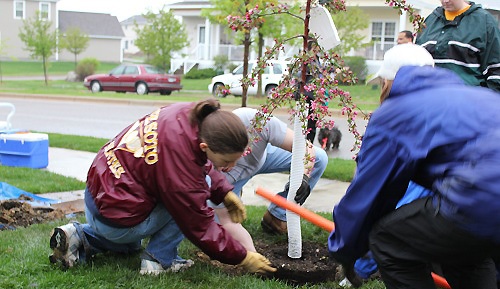
The Master Gardener Program, which is run by the University of Minnesota Extension, has worked alongside Twin Cities Habitat for Humanity for the...
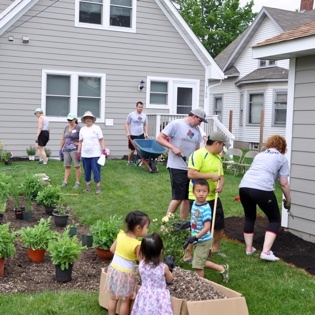
When a tornado plowed across North Minneapolis in May of 2011, it left devastated homes and downed trees in its wake. Today, on many blocks that were...
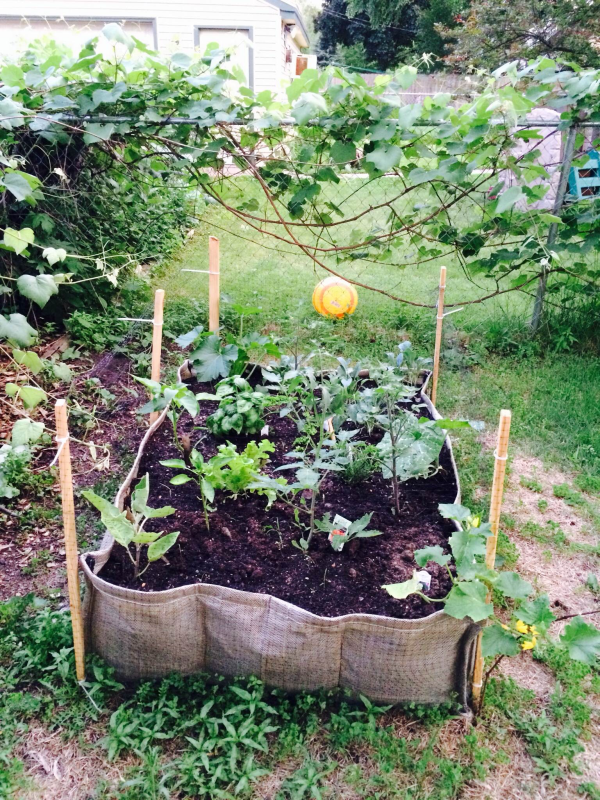
Twin Cities Habitat for Humanity is all about helping local families "put down roots," but the Minnesota State Horticultural Society has helped one...